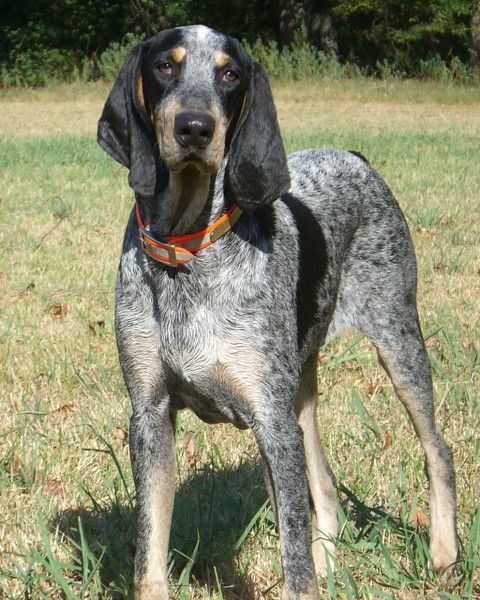
France’s attitude to ‘venery’ (the art and science of hunting) is quite ancient; “huntbooks” written on the subject date back to the middle ages, and the purpose of having written them at the time is actually touching: So many people died during the Black Plague that grave concern over hunt knowledge dying with them prompted documents about “the art of the hunt” to be set to text by hand – no small feat.
Traditions prevail. According to author, David Hancock, there were over 300 packs of hounds in France as of 2014: 73 foxhounds, 35 staghound, 61 roebuck, 114 harehounds, and 14 packs of boarhound (we infer that these names referred to the prey).
There are over 100 hound competitions in France each season. A brevet de chasse is organized by a breed club for breeders where each hound is examined and evaluated individually, while at a concours held for hunting folk, each pack is scored on such aspects as “tongue” (their voice), and hunting together as a pack.
Packs can be made up of a wide selection of breeds, and one of the is the Bleu de Gascogne (grande), a large hound known for its melodious voice, cold nose, and slow methodical hunting style. The breed came to England with the French forces during the Norman Conquest in the 11th century, and her distinctive mottled coloring gives her the ‘bleu’ in her name.
Our homework reveals that this was once a relatively common breed, but when wolves were eradicated off the French landscape, the breed fell out of favor. The French Revolution and two World Wars negatively impacted the breed’s numbers, and while the breed is rare, it is greatly appreciated by breed enthusiasts.
Image of a Bleu de Gascogne from Pinterest and happily credited upon receipt of information
